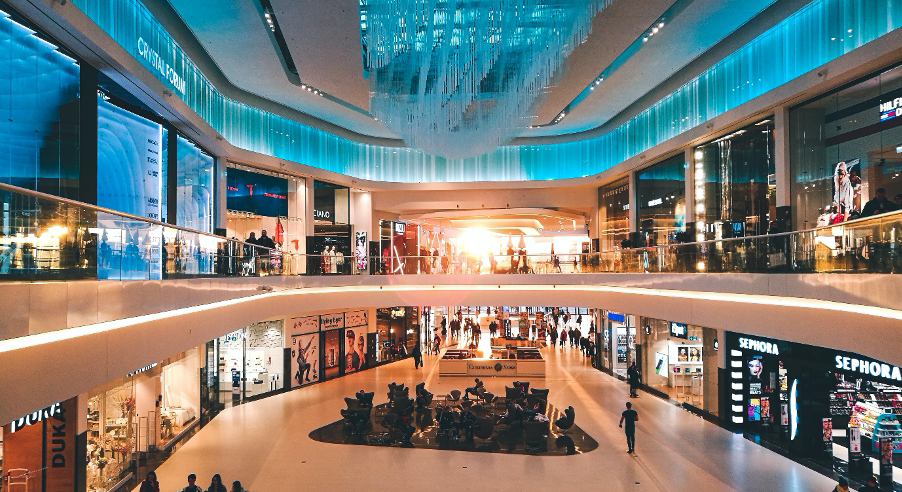Do you really know your customers and are they getting what they need from you?
Business’s customer data generally resides in a Customer Relationship Management (CRM) system which provides a record of customer and prospect interactions. That data can be extracted and analysed in order to better inform sales and marketing activities. This is exactly what CRM systems were originally designed to do: they track who, what, and when. What they don’t generally track is “where”?
There have been attempts to address the “where” challenge by incorporating some basic geospatial mapping into CRM systems. However, that extra dimension is merely another single attribute that requires its own category and by itself does not enable any better insight. Changing the paradigm of CRM systems to have the customer location as the focal point can provide better insights.
Let’s use the example of Ian as our customer and his preferred electrical and white goods retailer, HN Stores. What data might HN have on Ian?
- Name
- Address
- Mobile Number
- Wife Name
- Wife Mobile Number
- What has Ian purchased, probably for himself?
- What has Ian purchased, probably for his Wife?
- What has Ian’s Wife purchased, probably for herself?
- What has Ian’s Wife purchased, probably for Ian or the Children?
In the last few years Ian has bought the following from HN:
2017
- Dyson Vacuum
- Apple MacBook
- Toshiba Laptop
2018
- Samsung Fridge Freezer (Faulty), replaced in 2018 with Samsung Fridge Freezer
- Apple MacBook
- Phillips Air Fryer
- Phillips Pressure Cooker
2019
- Apple MacBook
- Apple iPad
- Microsoft Surface
- 5 Oil Radiators
- Whirlpool Washing Machine
What data can be inferred about Ian’s circumstances when combined with just a few other home address location attributes?
- Needs a new vacuum
- This property last bought one in early 2017 and it’s a large property on multiple levels
- Does not need a new washing machine
- This property recently purchased a new one
- Might benefit from a tumble dryer
- The washing machine did not include a tumble dryer; house faces south so may be damp and unsuitable for open-air drying
- Ian is interested in technology offers
- This property buys a lot of top end technology
- Has never purchased Audio Visual equipment from HN
- House is rented so probably has an AV system installed
- Likes cooking
- This property buys kitchen gadgets
- Has never bought a stove
- If this property is rented there will not be any need to purchase a stove
- Redeems vouchers and responds to offers
- Likes to receive offers as they are often redeemed
In addition to the above, we could also profile better with locality information such as:
- Current occupier is a tenant
- Value of property
- Size of the property
- Types of local schools
- Proximity to fire, flood, coastal erosion
- Distance to nearest HN store
- Proximity to competitor stores
- Wealth demographics
- Crime statistics
As a result of processing the data that is available relative to a location, a much more informed view can be formed for targeted marketing, product mix, supply logistics, store planning, and new customer acquisition. Deriving these data insights is possible using SpatialCRM, not just for Ian’s address, but for every property in the country. A simple example might be that crime is on the increase in a locality, which suggests a potential market for home security products.
This is the new paradigm of SpatialCRM; not just adding a map to an existing CRM but making “where” the focal point. Bespoke offers for every household could be built and delivered to the address. Results and effectiveness could be measured at individual rooftop level and used to determine the nature and frequency of future targeted offers.

